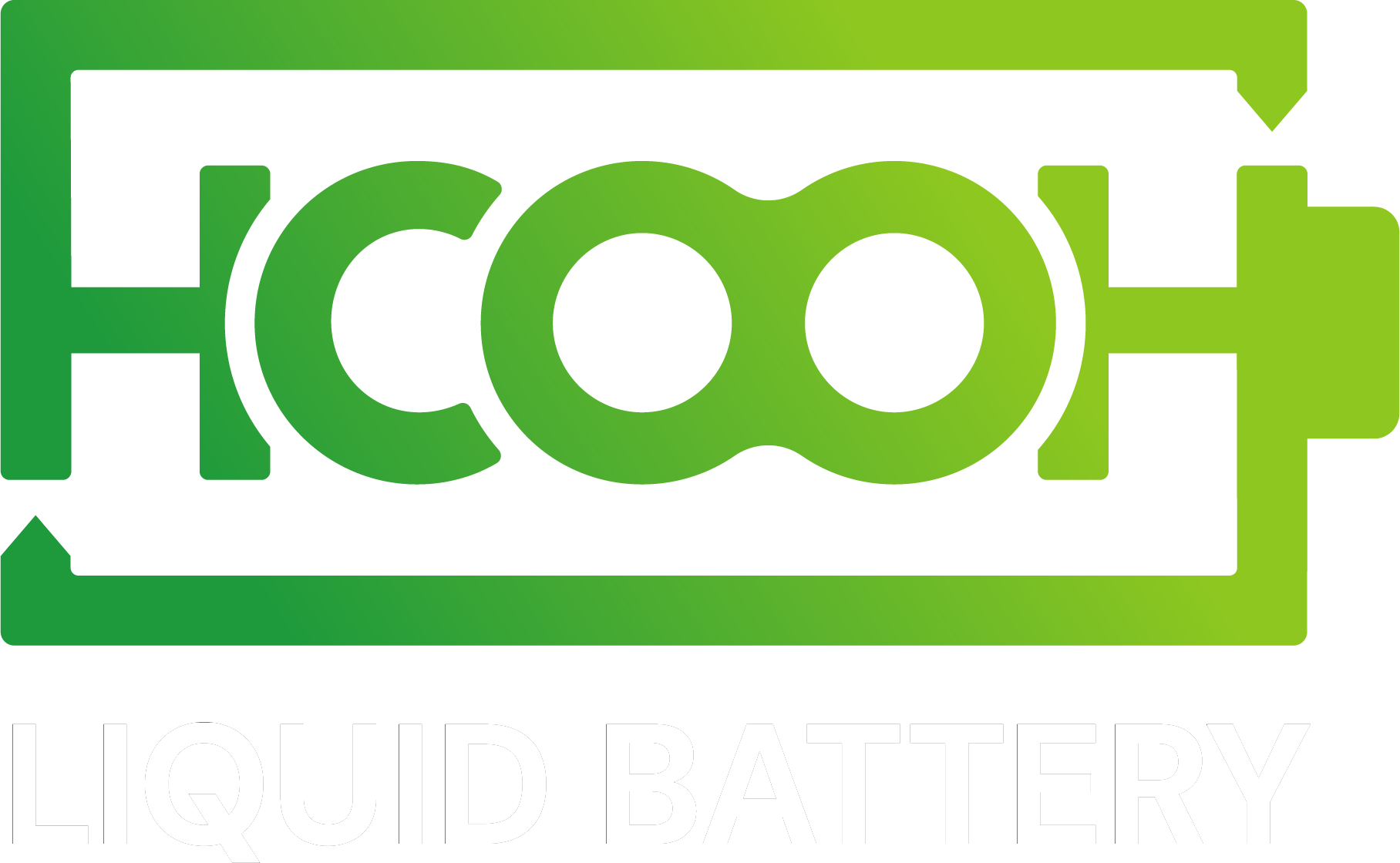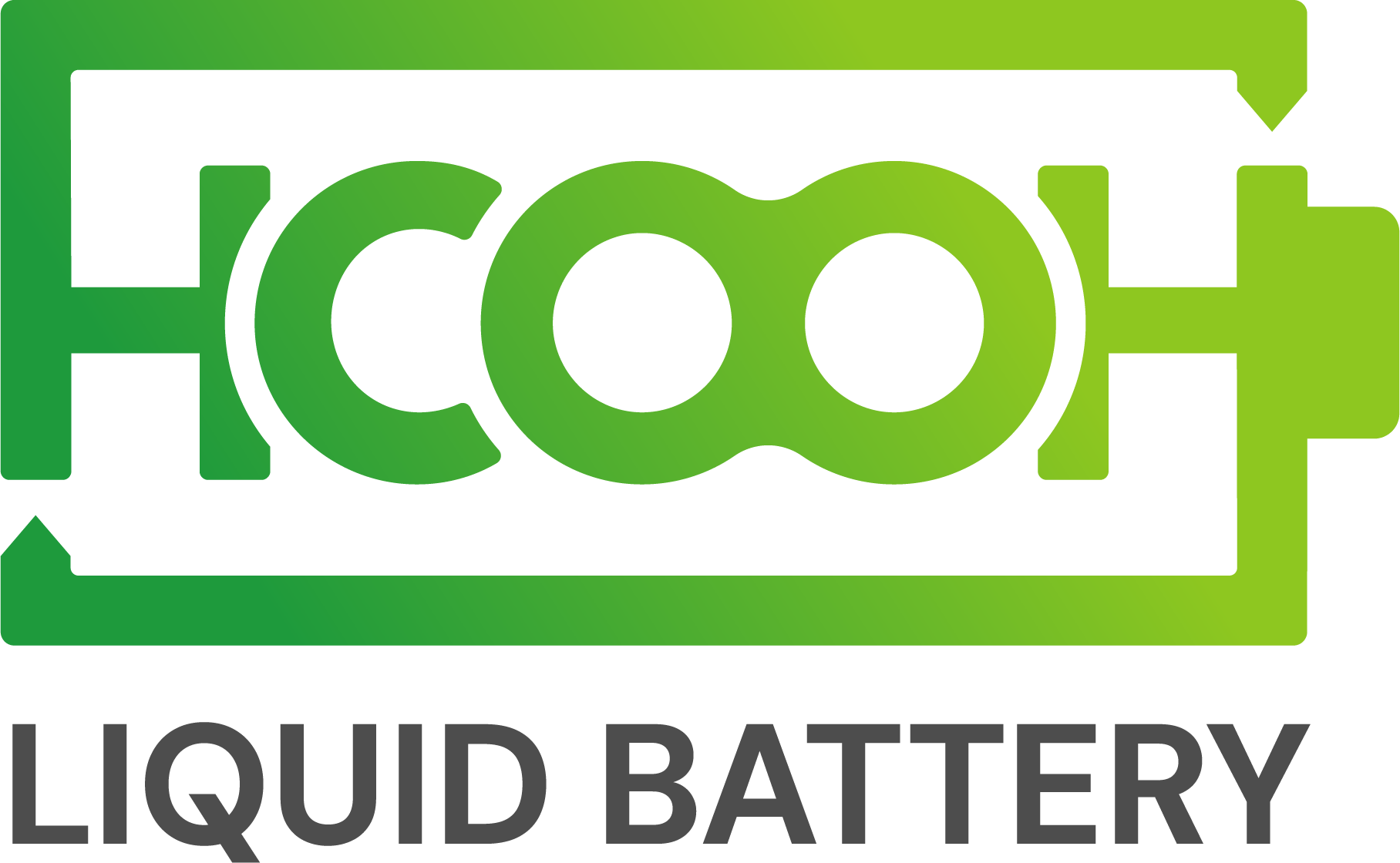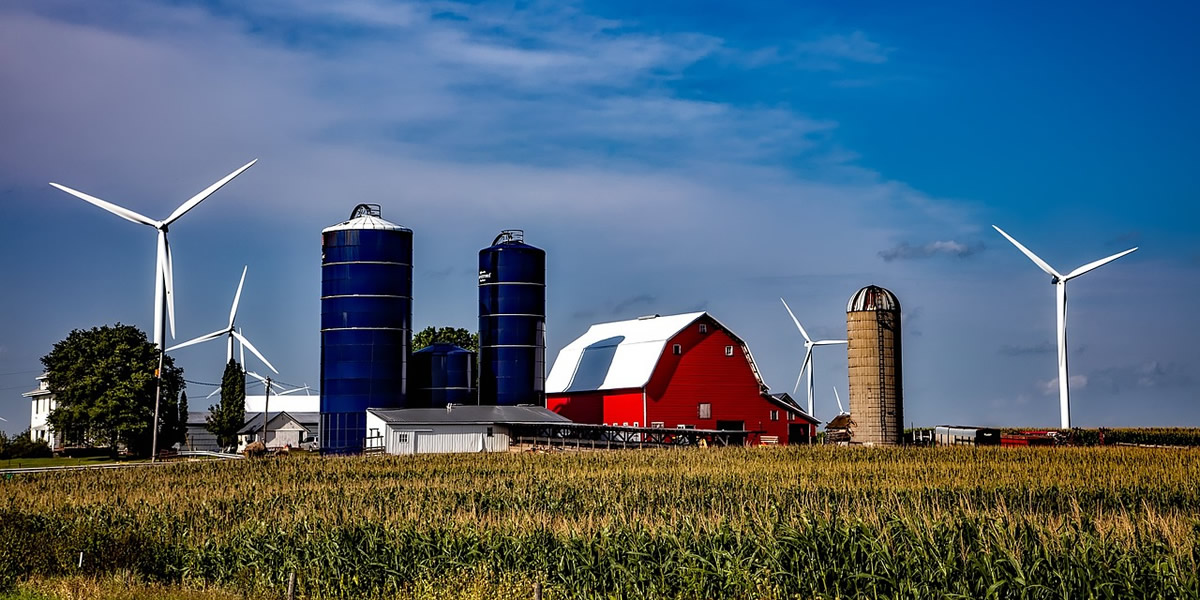Sustainable Cities
In parallel with how digital technology spread worldwide in the early 2010s, the concept and concept of “Smart City” became the focus of attention and became increasingly popular. The term accurately describes the benefits of using these new technological and IT project results and their contribution to making better management decisions in activities related to the management of individual cities and the provision of local services. Over the course of the decade, interest in the Smart City concept continued to grow, attracting and uniting stakeholders as a rallying cry: capital, professional investors and government actors all over the world.
The term “smart city” has appeared in the literature since the 1990s[1], but it became known through the IBM campaign in 2010, through the Smarter Cities Challenge program. [2]. IBM has defined a smart city as “one that optimally leverages all the connected information available today to better understand and control its operations and optimize the use of limited resources.”[3] Similarly, Cisco defines smart cities as “scalable solutions” are applied. they take advantage of information and communication technology (ICT) to increase efficiency, reduce costs and improve quality of life. ”[4]
The first wave of smart cities was therefore led by large technology companies. For these companies, the “key element of creating smart cities is the technological element”. Their focus was on metropolitan systems (energy, water, transport) and the definition of a smart city focused on the outcomes that a smart city provides through these systems.
While the market opportunity was clear for technology companies, the perspective for proposals for cities was less clear. Government and academic voices were quick to question the value to the city and citizens of solutions from these companies. Over time, the emphasis of smart city strategies has shifted from efforts to achieve the efficiency of service delivery to efforts to improve the quality of life of citizens, green solutions and a more sustainable lifestyle.
Funding for smart cities is still highly dependent on project funding and mostly unlinked to core city funding. This reflects today’s failure to connect innovation and pilot programs with high-volume public services and public procurement decisions. Where direct cost savings can be achieved, e.g. smart lighting, support from the city’s basic funding can be provided more easily. This offers opportunities for combined solutions that generate savings or revenue streams. However, since the aspirations of smart city strategies go beyond service efficiency and cost savings, the use of urban core financing may require new ways of determining value.

Globally, tech companies are using the ubiquity of digital technology to quickly reach mass consumers and transform the world’s smart cities. Startups are using the digital connectivity and infrastructure of cities as a platform to provide consumer-focused services such as taxi services, food, travel planning, laundry, accommodation services, etc.
Smart Citie
Globally, tech companies are using the ubiquity of digital technology to quickly reach mass consumers and transform the world’s smart cities. Startups are using cities’ digital connectivity and infrastructure as a platform to provide consumer-focused services such as taxi services, food, travel planning, laundry, accommodation services, etc.
Really good sustainable city strategies can be derived from the common demand that the environment, the climate crisis, and the energy crisis, as factors that have a decisive influence on a daily level, give the appropriateness to the projects. Community energy solutions, urban smart transport solutions and construction investments are all combined with green energy solutions. Today, not a single smart city solution can be imagined: neither smart building, nor smart grid, microgrid, nor smart solutions operated with green energy, car, bicycle, scooter sharing, demand-driven space bus or taxi public transport solutions without exclusively using green energy. Equally important is the greatest possible reduction of the carbon footprint created when building the infrastructure and systems.
And of course, these solutions do not work without efficient, high energy density, safe energy storage systems. With the disruptive technology of the RK-X system, it can achieve a significant breakthrough by significantly increasing the efficiency, performance, return parameters and safety of energy storage solutions.
[1] Albino et al, (2015), Smart Cities: Definitions, Dimensions, Performance and Initiatives, Journal of Urban Technology
[1] h ttps://smartercitieschallenge.org/about
[1] Cosgrove M & al, (2011), Smart Cities series: introducing the IBM city operations and management solutions. IBM
[1] Falconer G & Mitchell Sh (2012), Smart City Framework A Systematic Process for Enabling Smart+Connected Communities







